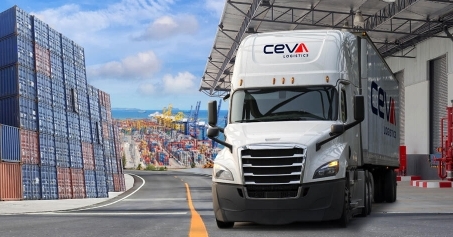Velocity Propelling Business Success with Rapid Logistics Delivery Solutions
In today’s fast-paced business environment, the ability to deliver products quickly and efficiently is paramount to success. This is where velocity comes into play, driving businesses forward with rapid logistics delivery solutions. Velocity in logistics refers to the speed at which goods move through the supply chain, from production to delivery to the end customer. Businesses that can harness the power of velocity in their logistics operations gain a competitive edge, enabling them to meet customer demands faster, reduce lead times, and ultimately increase profitability. One of the key components of achieving velocity in logistics is optimizing the entire supply chain process. This begins with streamlining production and inventory management to ensure that goods are readily available when needed. By implementing just-in-time inventory systems and adopting advanced forecasting techniques, businesses can minimize excess inventory and reduce the risk of stockouts, thereby improving overall efficiency. Additionally, leveraging automation and technology such as RFID tracking and inventory management software allows for real-time visibility into inventory levels and movement, facilitating faster decision-making and smoother operations.

Another critical aspect of velocity in logistics 3PL is the optimization of transportation and delivery networks. By selecting the most efficient transportation routes and modes of transport, businesses can minimize transit times and reduce costs. This includes leveraging a combination of air, sea, rail, and road transportation depending on the specific requirements of each shipment. Furthermore, investing in advanced logistics technology such as route optimization software and GPS tracking systems enables businesses to monitor shipments in real-time, identify potential bottlenecks, and make necessary adjustments to ensure timely delivery. In addition to optimizing supply chain processes and transportation networks, collaboration and partnerships play a crucial role in achieving velocity in logistics. Collaborating with suppliers, manufacturers, distributors, and logistics providers allows businesses to streamline processes, share resources, and leverage each other’s strengths to enhance overall efficiency. This may involve implementing vendor-managed inventory VMI programs, establishing strategic partnerships with third-party logistics 3PL providers, or even forming alliances with competitors to jointly tackle logistical challenges.
Furthermore, customer-centricity is essential for businesses looking to achieve velocity in logistics. By understanding and anticipating customer needs, businesses can tailor their logistics strategies to deliver a superior customer experience. This includes offering flexible delivery options, providing real-time tracking and updates, and ensuring prompt resolution of any issues or concerns. Moreover, gathering feedback from customers and continuously improving logistics processes based on this feedback is crucial for maintaining high levels of customer satisfaction and loyalty. Ultimately, businesses that prioritize velocity in their logistics operations stand to reap significant rewards. Not only does velocity enable businesses to respond quickly to changing market conditions and customer demands, but it also drives down costs, improves operational efficiency, and enhances overall competitiveness. By optimizing supply chain processes, leveraging advanced technology, fostering collaboration, and putting customers at the center of their logistics strategies, businesses can propel themselves towards success in today’s dynamic business landscape. Velocity is not just about speed; it is about driving continuous improvement and delivering value at every stage of the supply chain.